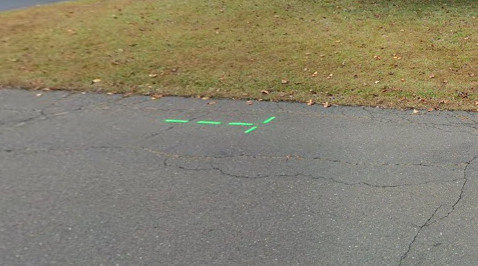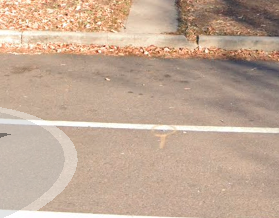During the "too cold to measure" season, we’ve been laying down calibration courses because some expired and some are needed for measurements not near an existing calibration course. Just for grins, after measuring 30+ calibration courses over the years, I decided to check the measurement manual (online version). I found that it recommends marking the 2nd steel tape measurement of the course on separate masking tape (the manual calls it duct tape in places). Does anyone do this?
We always mark the 2nd steel tape measurement on the same piece of masking tape that has the 1st set of marks. We use a line with a small arrowhead for the 2nd set of marks (no arrowhead for the 1st set).
Another nit. The Steel Taping Data Sheet asks for partial tape lengths. This is fine if measuring with a 60-ft tape, but if using a 100-ft tape for a 1000-ft calibration course, is there ever a partial tape length? The 2nd steel tape measurement should be measuring the same distance as the 1st steel tape measurement, not the distance between marks.




